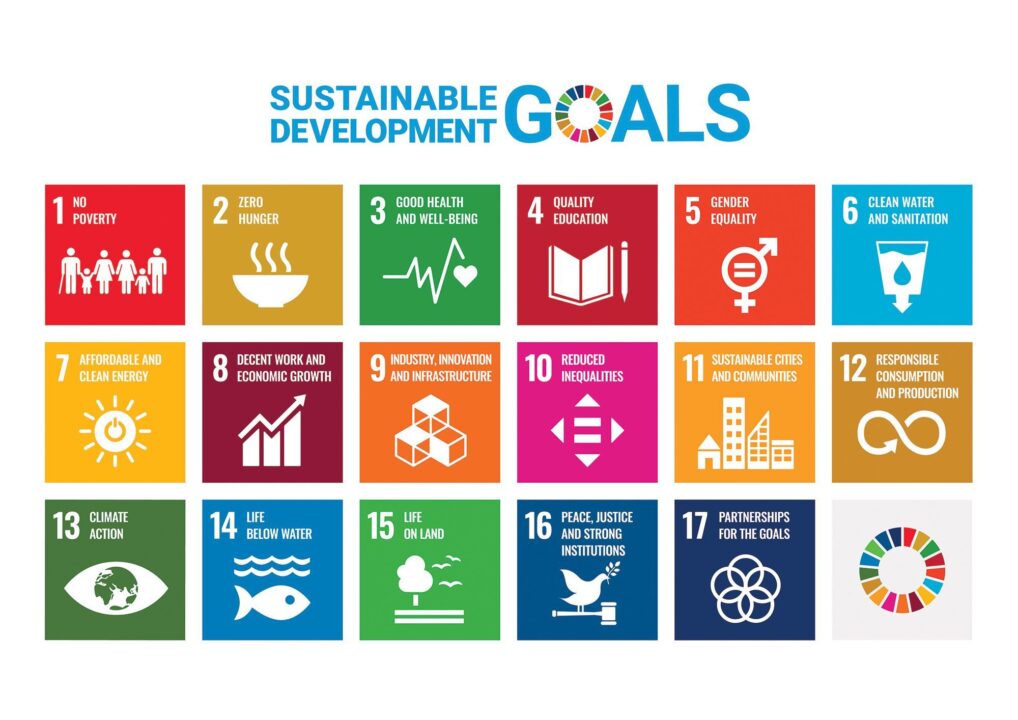India would add over 400 million people to its cities by 2050 and become 50 per cent urbanised. There are almost 8000 ‘urban centres’ in the country, and these numbers are expected to grow further. Increasing population in cities will put excessive pressure on land, urban services and infrastructure, governance structures, industrial and economic activities of these urban centres. To remain functional and efficient, cities will have to address all these issues promptly. The Sustainable Development Goals are a ready reference to chart out the trajectory of sustainable urban development, and cities must localise them urgently before time runs out.

he world has entered into the Decade of Action while facing the most challenging health crisis in 100 years. All of us know that we are left with less than ten years to achieve the Sustainable Development Goals, and the role of cities in achieving them is essential to make the world an inclusive and equal world. SDGs touch upon various issues ranging from poverty, hunger, gender equality, sustainable cities to climate change. And, a majority of these issues need to be tackled in cities.
The primary aim of SDG 11 – Sustainable Cities and Communities is to make cities, human settlements inclusive, safe, resilient and sustainable. The goal requires cities to work with almost every SDG to achieve the targets under SDG-11. Several fundamental challenges are plaguing our urban systems. And, the recent Pandemic has spotlighted those weaknesses. For instance, a massive proportion of urban residents still lives in informal settlements. The numbers for a big city like Mumbai is staggering. Approximately 50 per cent of people in Mumbai live in informal settlements. Indian cities have 39 per cent installed sewage treatment capacity as a proportion of sewage generated in urban areas. Access to essential civic services in these settlements is also patchy. The poor and a range of vulnerable communities in cities such as children, differently-abled, elderly and women face problems in accessing many urban facilities. The focus on SDGs and achieving the targets within the time frame will help the urban citizenry.
The lack of equitable access to services and infrastructure raises a fundamental question of the urban centres’ functionality and underlines the significance of improving governance and operational mechanism. All these efforts have to be monitored so that policymakers, city leadership and municipal workforce can steer them in the right direction if drifting is witnessed.
In India, the NITI Aayog is the nodal agency for coordinating and monitoring the Sustainable Development Goals in India. In March this year, it released the SDG India Index & Dashboard to document the state of progress in achieving the SDGs agenda at the national and sub-national levels. In addition, the Index offers insights to policymakers on the remaining distance to travel for achieving the goals, gaps, and data and statistical challenges.
Progress of SDG 11
To measure India’s performance towards SDG 11, the Index identified eight national-level indicators to capture three out of the ten SDG targets under this goal. These indicators are: Percentage of urban households living in katcha houses, Deaths due to road accidents in urban areas (per 1,00,000 population), Percentage of wards with 100% door to door waste collection (SBM(U)), Percentage of individual household toilets constructed against target (SBM(U)), Percentage of MSW processed to the total MSW generated (SBM(U)), Percentage of wards with 100% source segregation (SBM(U)), Installed sewage treatment capacity as a percentage of sewage generated in urban areas, and Percentage of urban households with drainage facility. These indicators have been selected based on data available at the sub-national level and ensure comparability across states and UTs.
According to the report, the composite scores of the states and UTs on this goal shows a breakdown of the states and UTs by indicator. Goal 11 Index Score ranges between 39 (Arunachal Pradesh) and 91 (Punjab) for States, and between 56 (Lakshadweep) and 98 (Chandigarh) for UTs. Punjab and Chandigarh are the top performers among the states and the UTs, respectively. Twenty-two states and five UTs bagged a position in the category of Front Runners (score range between 65 and 99, including both). However, three states fell behind in the Aspirants category (with Index scores less than 50).
This Index undoubtedly presents a clearer picture of the progress made on achieving sustainable development goals based on available data with local governments and states. Still, certain areas are missing in the parameters of the Index for monitoring. There are several decisive indicators such as the scale of disaster preparedness, equitable access to services and urban infra, state of health infra, climate change mitigation, sustainable mobility, financial inclusiveness, among others, which could be part of the Index to make it holistic. Going forward, the monitoring agency can consider including these indicators in the Index to understand the on-ground reality of cities in preparedness to achieve the goals before the deadline. And, the idea of making the data and state further localised could be beneficial to the overall objective. If the SDG-11 concerns cities, the monitoring report must present local situations in cities, specifically outlining the progress under several SDG targets.
